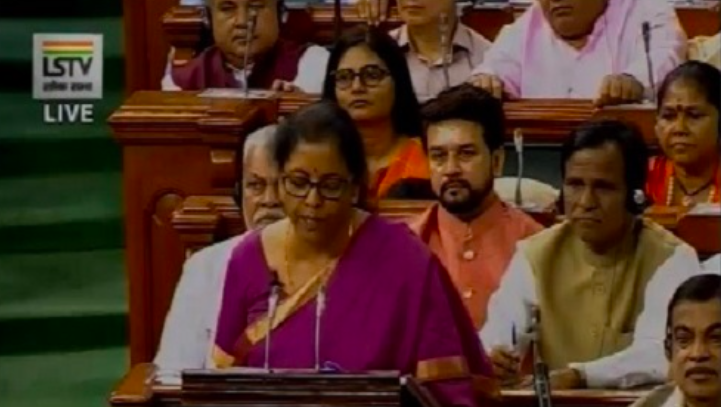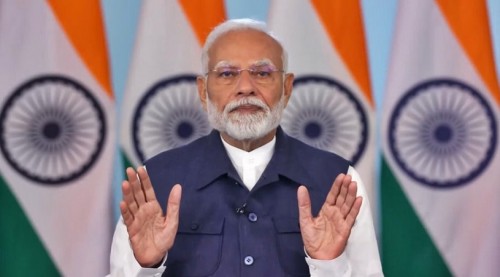Economic growth is expected to slide in the current fiscal, even as India is among the bright spots in the prevailing global scenario marred by fluid geopolitical circumstances, as per the Fiscal Policy statement presented by Finance Minister Nirmala Sitharaman along with the Union Budget on Wednesday.
Nominal GDP is expected to grow at 15.4 per cent year-on-year in 2022-23 as against 19.5 per cent in 2021-22, while the real GDP is projected to grow by 7 per cent in the current fiscal year-on-year against 8.7 per cent in 2021-22, it said.
“Despite external exogenous shocks, India’s economy is relatively insulated from global spillovers compared to other emerging market economies (EMEs), partly because of its large domestic market and relatively looser integration in global value chains and trade flows,” the statement said.
On the growth outlook, it noted that growth in 2023-24 will be supported by solid domestic demand and a pickup in capital investment. The current growth trajectory will be supported by multiple structural changes like Insolvency Bankruptcy Code and GST, that have enhanced the efficiency and transparency of the economy and ensured financial discipline and better compliance.
India’s public digital infrastructure expansion is leading to accelerated financial inclusion for low-income households, micro and small businesses, and the economy’s rapid formalisation. Together these two factors – balance sheet strength and digital advancement – are growth differentiators not only for 2023-24 but also in the years ahead, it noted.
The path-breaking policies such as the PM Gati Shakti, National Logistics Policy, and the PLI schemes will strengthen the infrastructural and manufacturing base while bringing down costs in the value chain a strong foundation for sustained economic growth and improved resilience.
The fiscal policy statement also said that the agriculture sector is projected to grow by 3.5 per cent in 2022-23. Apart from meeting domestic requirements, India has also rapidly emerged as the net exporter of agricultural products in recent years, with exports touching $50.2 billion in 2022-23.
The total kharif food grain production in the country is estimated at 149.9 million tonnes higher than the average kharif food grain production of the previous five years. Although, the area sown under paddy was about 20 lakh hectares less than compared to 2021, the statement added.
“The growth in the agriculture sector is likely to remain buoyant, supported by healthy progress in Rabi sowing, with the area sown being higher than the previous year. This has led to a recovery in the rural economy,” it added.
The industry sector is set to witness a modest growth of 4.1 per cent in 2022-23, relative to 10.3 per cent in 2021-22. Domestic auto sales registered year-on-year growth of 5.2 per cent in December 2022 and robust domestic tractor, two and three-wheelers sales during the third quarter of 2022-23 which also signified improvement in rural demand, the document said.
The services sector to rebound with year-on-year growth of 9.1 per cent in 2022-23 over 8.4 per cent in 2021-22. The rebound in consumption has been driven by pent-up demand for contact-intensive services which was followed by the world’s largest vaccination programme. On the demand side, private consumption has witnessed continued momentum. It is estimated to grow at 7.7 per cent in 2022-23 compared to 7.9 per cent in 2021-22.
Exports are estimated to grow at 12.5 per cent in 2022-23 despite sustained supply chain disruptions and an uncertain geopolitical environment. The share of exports in GDP (at 2011-12 prices) also increased to 22.7 per cent in 2022-23 compared to 21.5 per cent in 2021-22.

























Add Comment